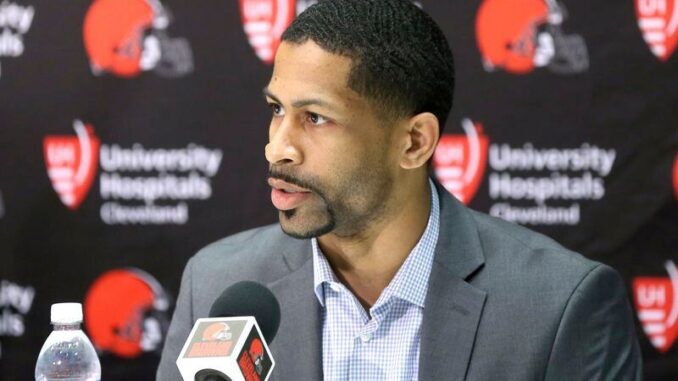
In this ongoing series, Jack Duffin and the OBR team are diligently analyzing each of the available free agents to assess their potential fit with the Cleveland Browns’ roster needs for the upcoming offseason. Their aim is to scrutinize all 633 unrestricted free agents slated to enter the market at noon ET on March 11th, recognizing that negotiations often commence earlier, sometimes even during the unofficial tampering period that coincides with the combine. It’s worth noting that some players may not reach free agency due to either being franchise tagged before the 4 pm ET deadline on March 5th or securing extensions with their current teams.

The comprehensive examination of free agents across all positions serves a crucial purpose, notwithstanding initial skepticism about coverage in areas where immediate player acquisition might not seem necessary. Understanding the landscape of available talent in free agency significantly influences decisions regarding contract extensions, potential trades, and draft strategies. For teams like the Cleveland Browns, who are actively seeking to bolster their roster for immediate competitiveness rather than relying on gradual player development throughout the season, free agency and trade avenues become pivotal.
The Browns, in particular, leverage free agency and trades to address starting positions on their roster, prioritizing immediate impact over long-term development. They allocate backup and depth positions strategically, aiming to nurture future starters who can seamlessly transition into key roles when needed. This approach underscores the significance of monitoring the team’s draft picks later in the offseason, as they may indicate potential replacements for current starters in subsequent seasons.
Throughout the series, the analysis delves into the profiles of unrestricted free agents across various positions, offering insights into why certain players are viewed as potential targets, why others may not align with the team’s objectives, and which individuals occupy a gray area of intrigue. Notably, restricted free agents and exclusive free agents are excluded from the discussion, as they typically remain with their current teams and thus are unlikely to enter the free agency market, thereby warranting less attention in this context.
Leave a Reply